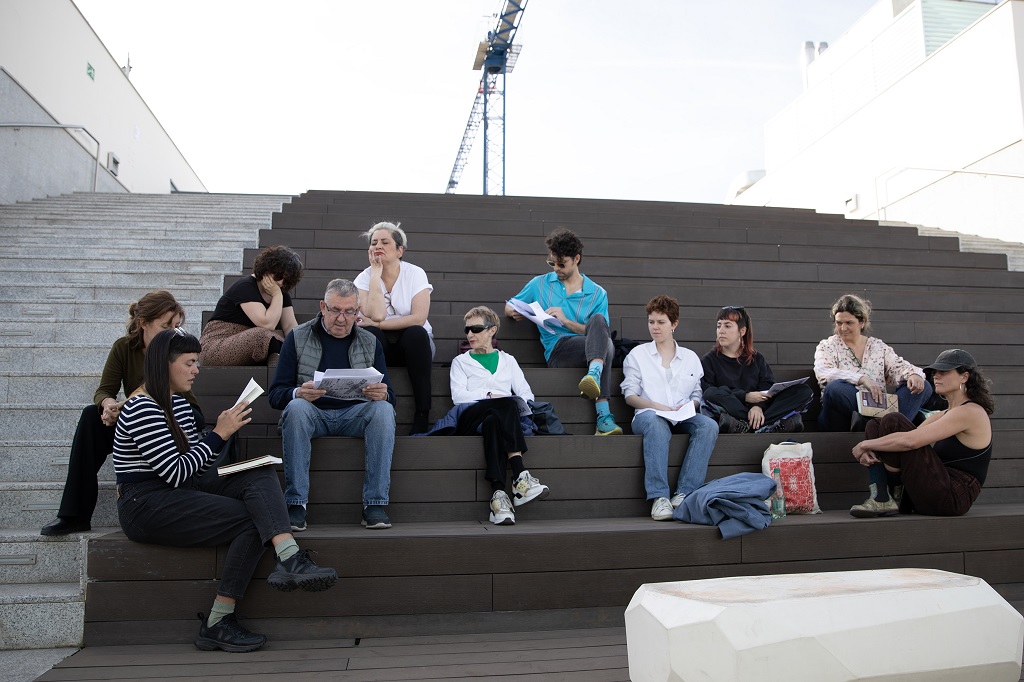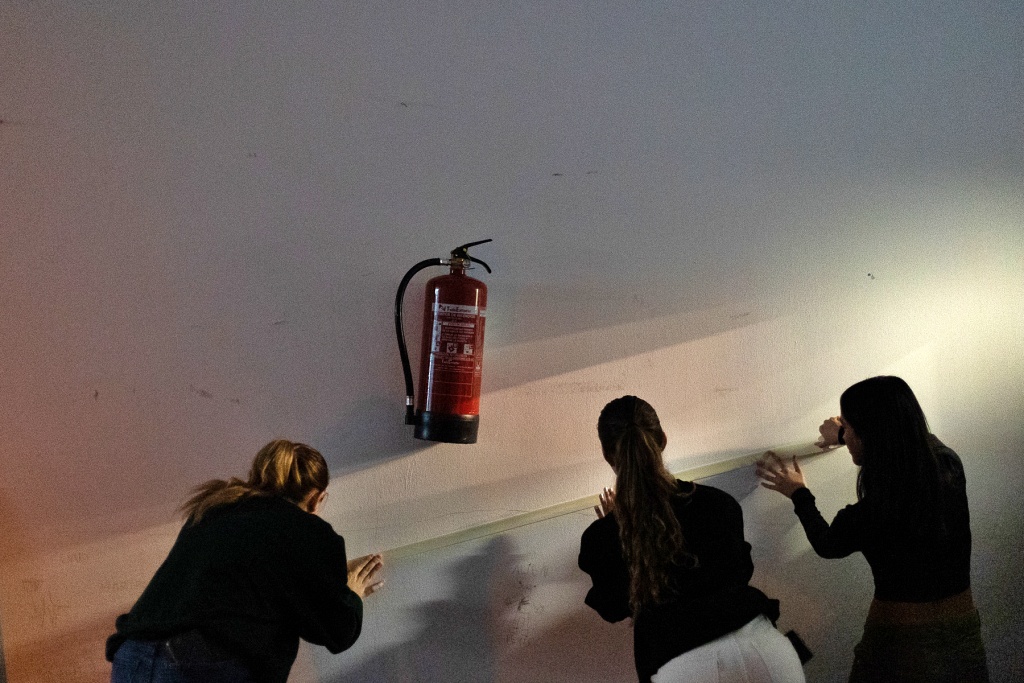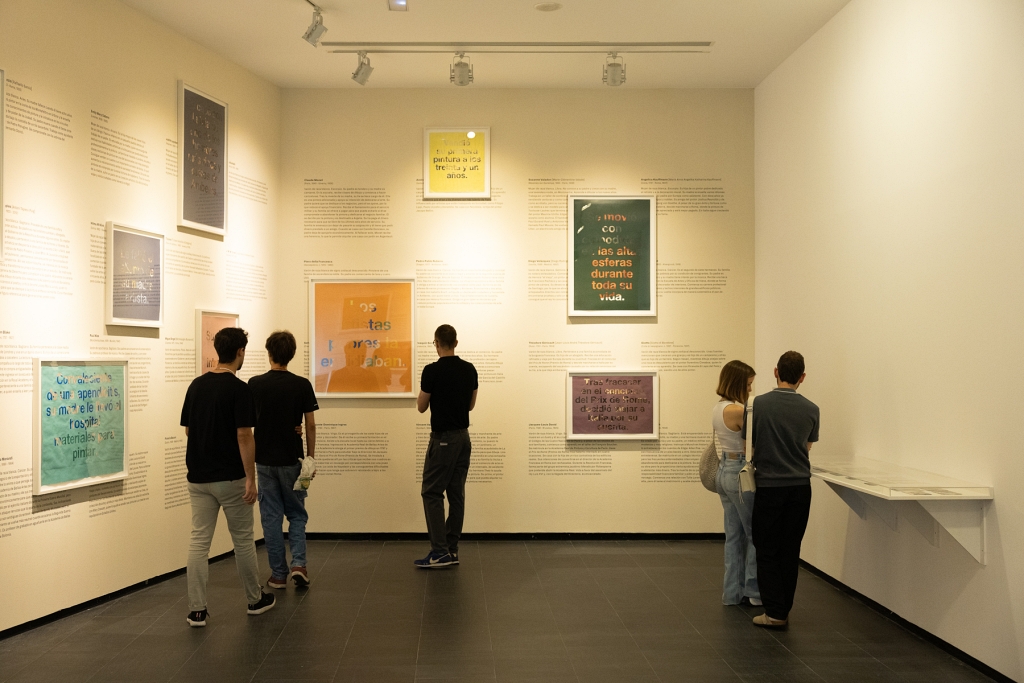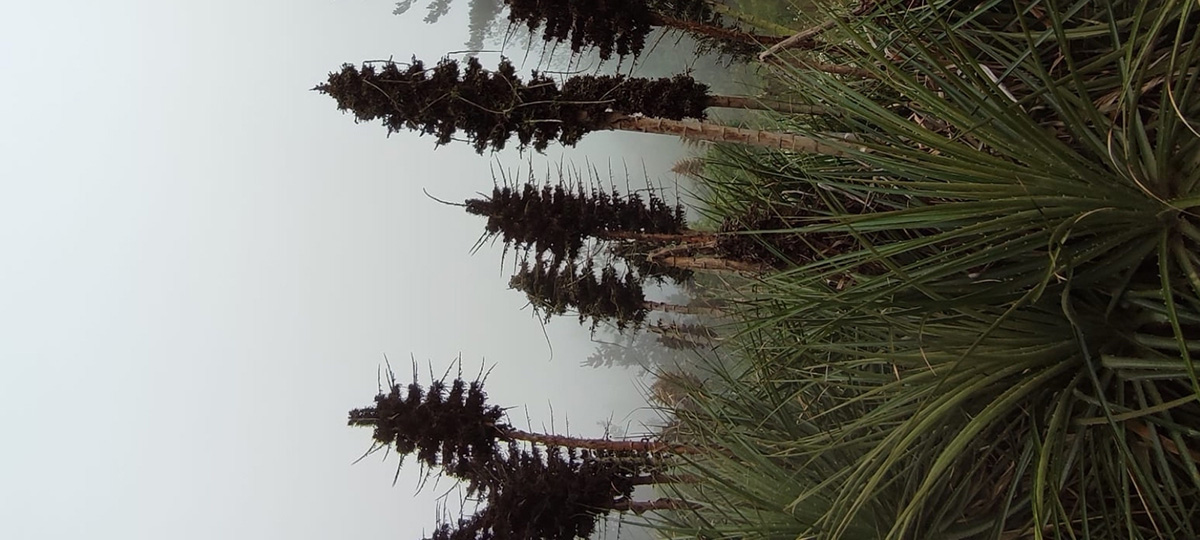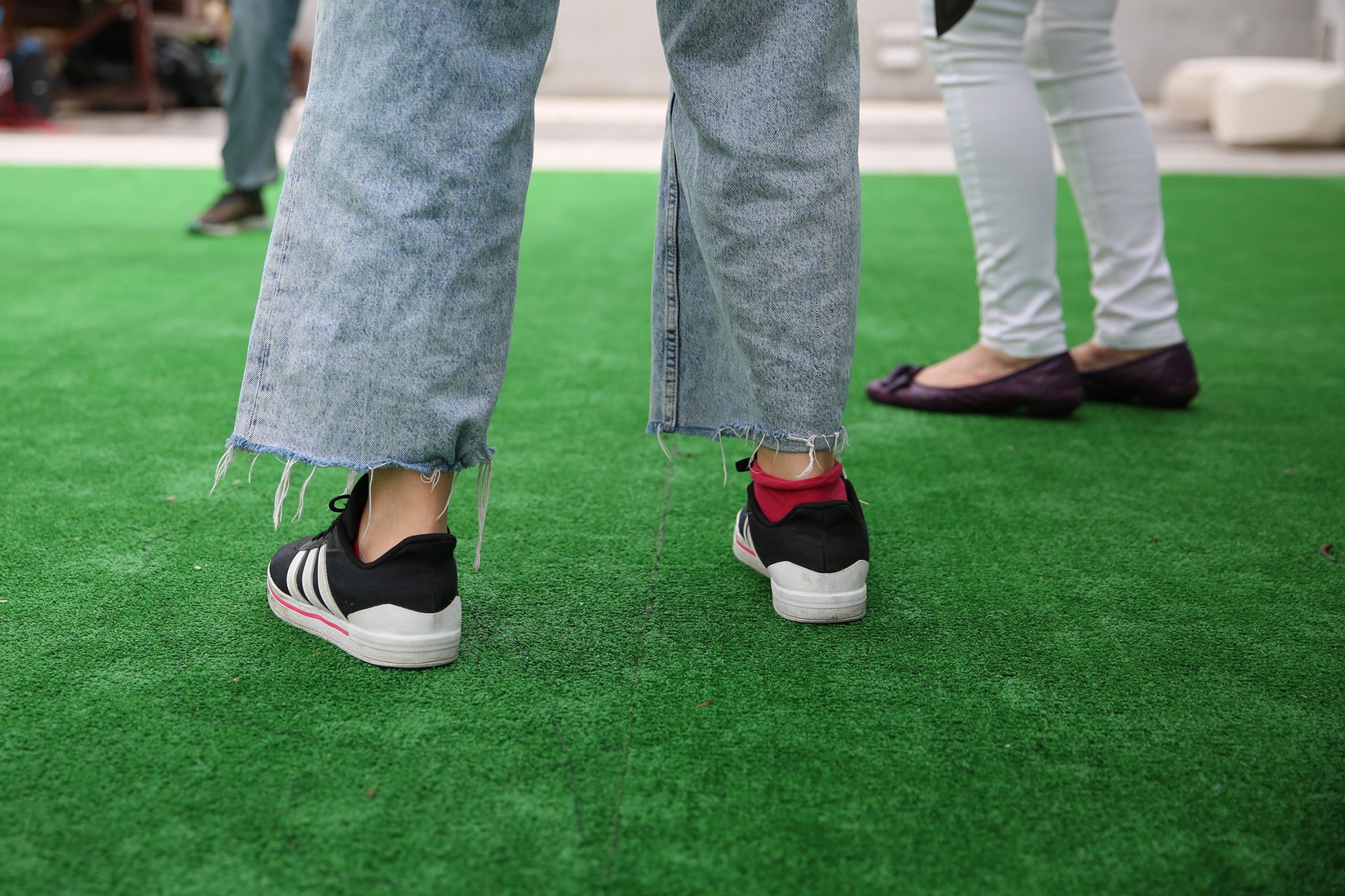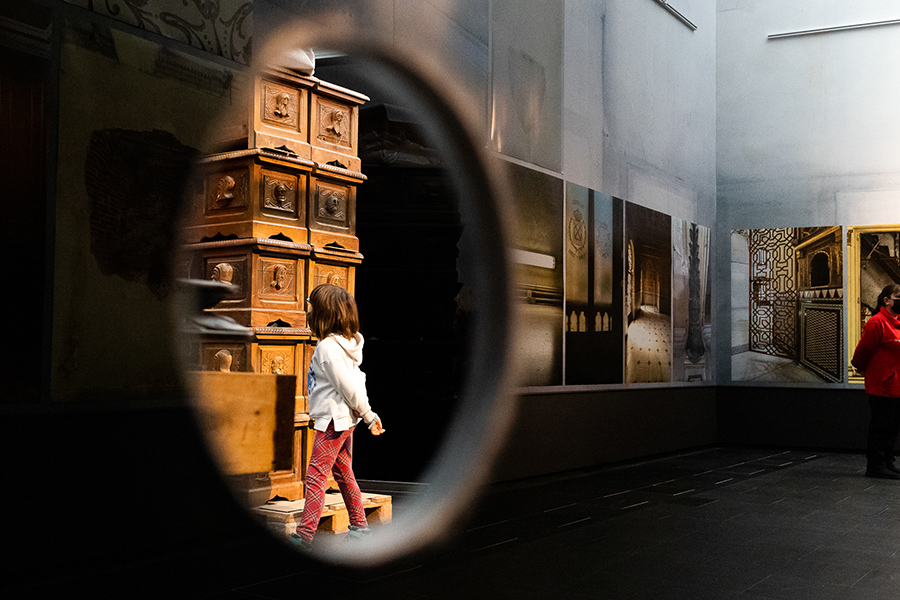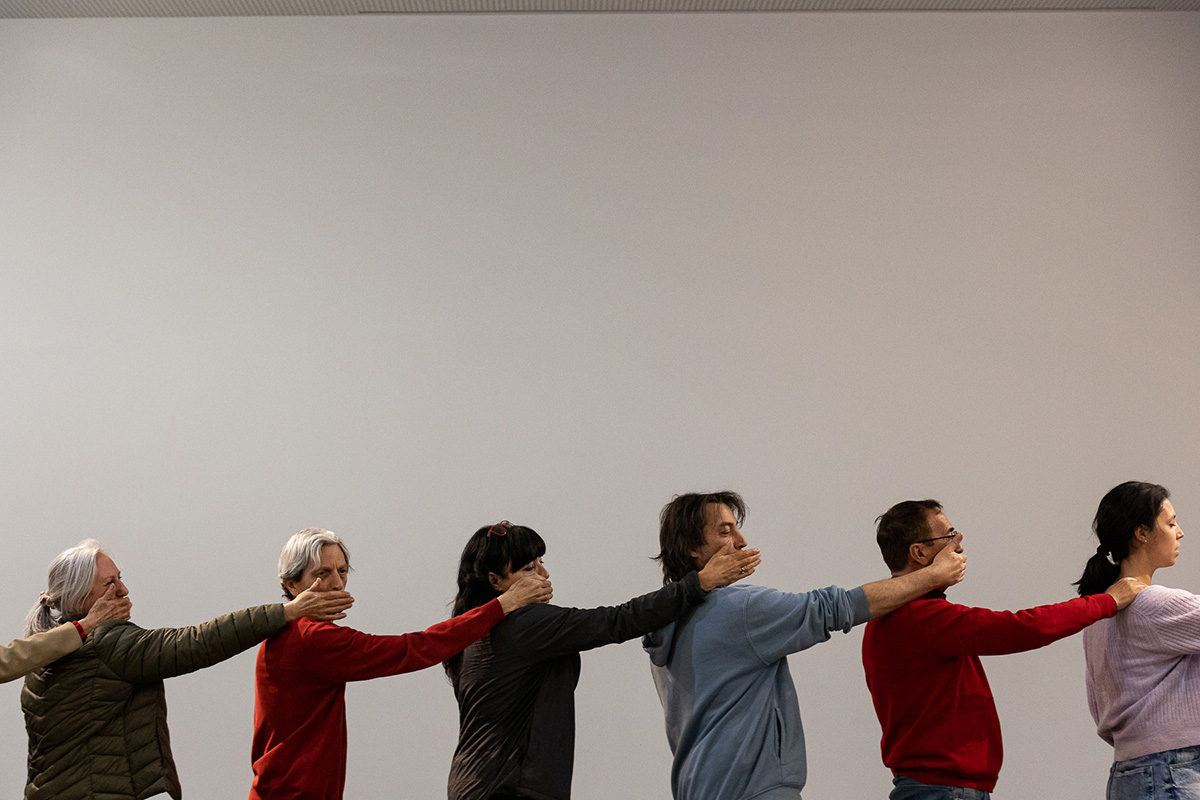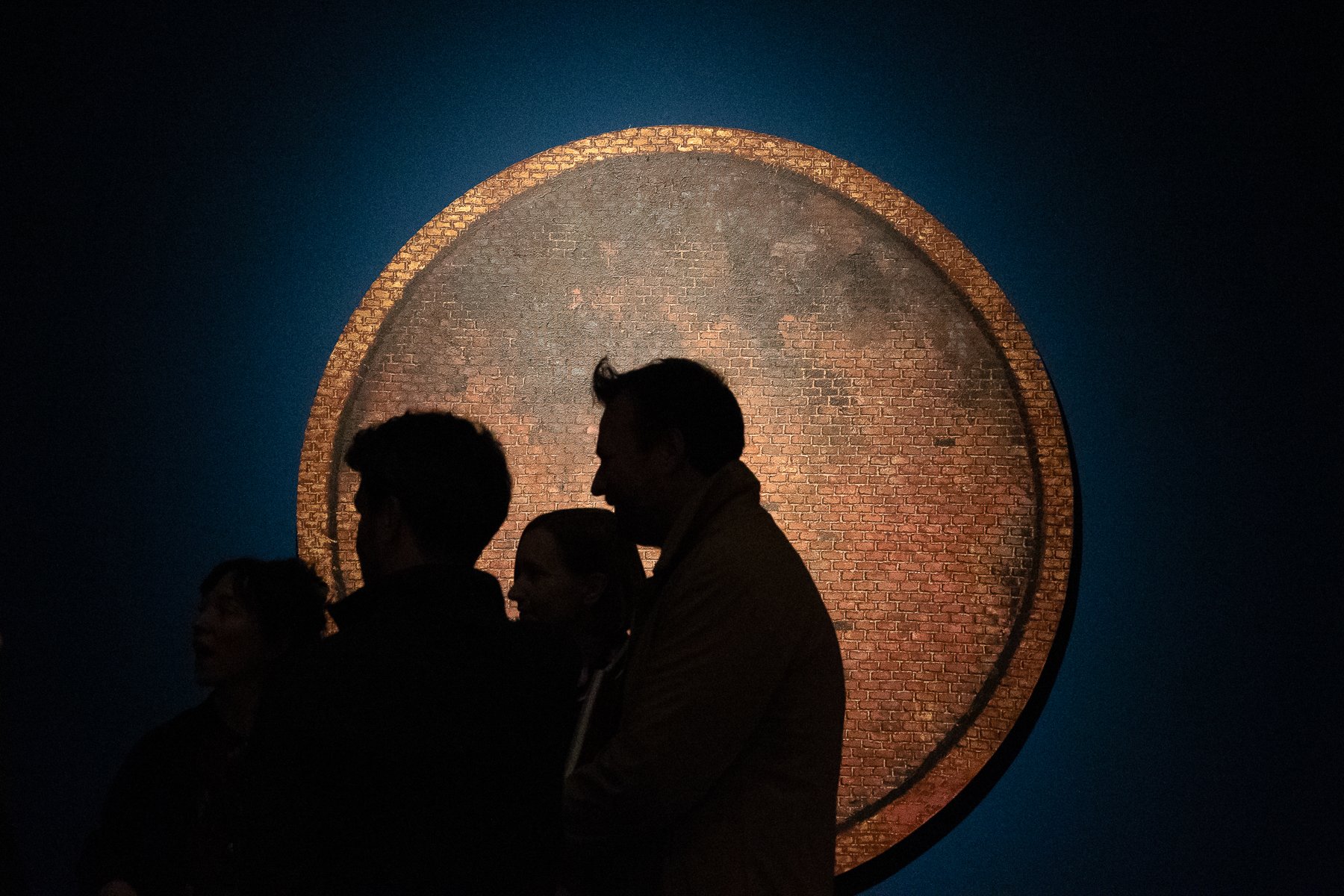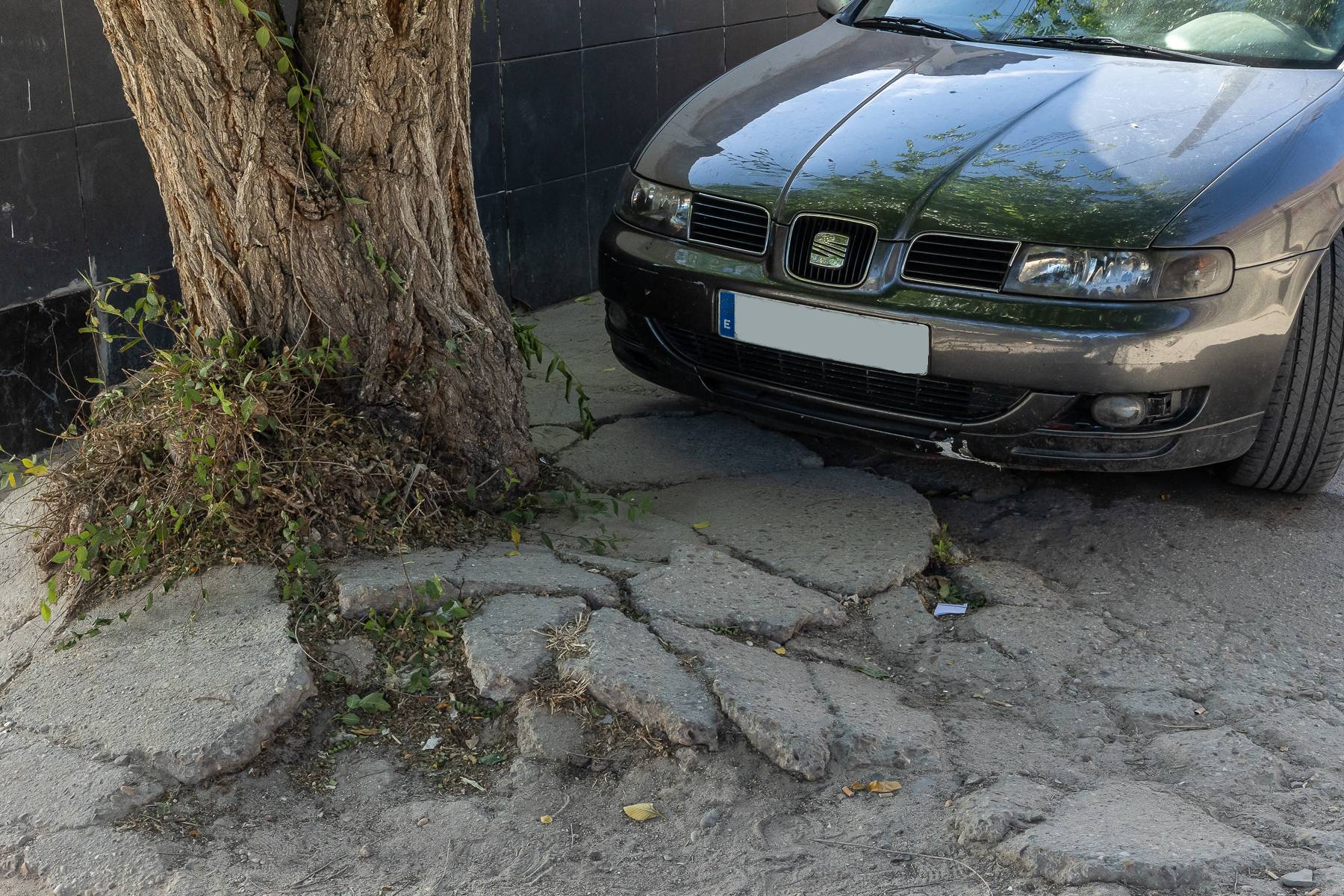Facilitated by: Adriana Reyes, Carolina Sisabel and Manuela Pedrón Nicolau.
Thickets emerge everywhere, in seemingly hostile or meaningless terrain, with the ability to feed on what they can find to create a highly resilient system. Some take root around edges: for instance, where a stone falls on rough, dry ground. Their presence both camouflages and blurs the boundaries between objects that sustain their spontaneous and intense growth. By examining its internal cohesion, we are able to review knowledge that can only ever exist in that place. In this sense, a thicket is never just a thicket. Within it lies a unique network of knowledge, of resistances, of desires, of connections, of nourishment, of form: a soup through which its close and intimate materials take root. A way to the knowledge that comes with growing in whatever way it can.
The new edition of the Open University is dedicated to communication with non-human life forms, the knowledge that these connections offer us and their possibilities in sensible production. A diverse group of guests will show us different forms of knowledge and methods that intersect in the territory closest to us, the one we inhabit, and from there we will draw on them, not from the fallacy of the autochthonous, but from simultaneity. In them and between them, there is friction, overlaps, clashing codes and the assimilation of imposed forms in a combination of experiences, languages and bodies. Here, artistic, technological and ritual practices are called on to allow exploration of ways of accessing the knowledge that relationships with other forms of life and spirituality make possible in order to understand our environment. We rely on a metabolic type of learning, which assimilates and deforms, to set up an experimental session in the Open University, to walk through the facility, to snoop around the edges and to savour concoctions.
As a prelude to each of these sessions, we will meet half an hour before each session in different spaces of the museum to share readings and experiment with the ingestion of plants.
The CA2M Museum designs a series of training activities in contemporary art and thought in the tradition of open universities. These courses address some of the considerations that are fundamental for the understanding and interpretation of art in the present day. They are structured into two parts: the first consisting of the presentation of a topic by a guest lecturer, and the second posing questions for debate that allow the audience to take the floor. This structure may change to favour more experimental formats depending on the guest lecturer at each session.
You can apply for course accreditation, which requires attendance at 5 of the sessions.
Thicket is a continuous process of investigation that systematises the times, ideas and experiences shared in recent years by the team comprising Manuela Pedrón Nicolau, Carolina Sisabel and Adriana Reyes through artistic practices and friendship.
Manuela Pedrón Nicolau is a curator and educator in contemporary art. Her work particularly deals with questions related to artistic research and forms of narration that explore the social and political aspects of this field. She is particularly interested in the more ritual dimension of artistic practices, an interest shared with Adriana Reyes that has led them to become facilitators of this experimental session. Something we don’t know we know, but we do know. She was a member of the Catenaria collective, and together with Jaime González Cela has curated exhibitions at different centres and directed programmes of activities, such as CRÁTER at the Sala de Arte Joven in Madrid, VENECIA at La Casa Encendida and Tabacalera//Educa at Tabacalera Promoción del Arte. She has held art residencies at the Royal Academy of Spain, Rome; Hangar, Barcelona; and Centro Huarte, Pamplona.
Adriana Reyes Rosón is an anthropologist and creative in the field of living arts. She has a master’s degree in feminist studies, undertaken specialist studies in sexualities and diversity, and has trained with different creatives in Spain, Brazil and Portugal. She is interested in social sciences, the living arts, transfeminist studies, spiritualities and forms of plant life, diverse fields that are also sources of pleasure and action in her daily practice.
Carolina Sisabel has a degree in architecture and a master’s in psychoanalysis and the theory of culture. Her field of interest encompasses both landscape painting and dream states in relation to the intermediate, ambiguous, subterranean and unconscious zones at the crossroads between architectural-urban space and the psyche. Her creative practice ranges from architecture and the performing arts to writing and publishing, and she exhibits and publishes on platforms in Canada, Switzerland, France and Chile. In Spain, she has collaborated on several projects with Adriana Reyes, writing three publications dedicated to metabolic documentation, as well as a great friendship.
PROGRAMME
- 22 February. [...] vamo pal monte Palo Yaya (‘Let’s go to the bush, Palo Yaya’). José Ramón Hernández
- 1 March. Rediscovering the plant spirit: relationships between plants, lands and individuals. Júlia Carreras Tort
- 15 March. You. Clara Montoya and Teresa Vicente.
- 22 March. Reverse agential (dis)orientations (or any which way) Laura Benítez Valero.
- 29 March. Healing plants. Collective transvestite contrabotanic invocation. Iki Yos Piña and Cacao Díaz.
- 12 April. The thing is not to think too much, but to give a lot of love. El Primo de Saint Tropez and the Discalced Carmelite Nuns of Toro (Zamora).
Entrance
The new edition of the Open University is dedicated to communication with non-human life forms, the knowledge that these connections offer us and their possibilities in sensitive production.
